What is Fermentation and how is it Helpful to Humans
What is Fermenting?
Fermenting is changing food with the help of microorganisms to make it tasty, sustainable, or more digestible.
Fermentation and health
The health of your gut has a major impact on your general physical and mental health. This is because they are connected to your immune and nervous systems through the intestinal mucosa. Fermentation is an old storage technique that has been reviving in recent years. Rightly so. Fermented products provide a good dose of probiotics: good bacteria that help maintain or restore the balance in your intestinal flora.
There are different types of fermentation
For example, wine is a fermented product in which the yeasts naturally found on grapes produce alcohol as a by-product. Blue cheeses are fermented by molds. And in yogurt and sauerkraut, lactic acid bacteria have converted the sugars present in milk and cabbage into lactic acid.
Attention! Even though wine and beer are fermented products, there are conflicting opinions about the effect of alcohol on your intestinal flora. The rule “be moderate with alcohol” of course continues to apply.
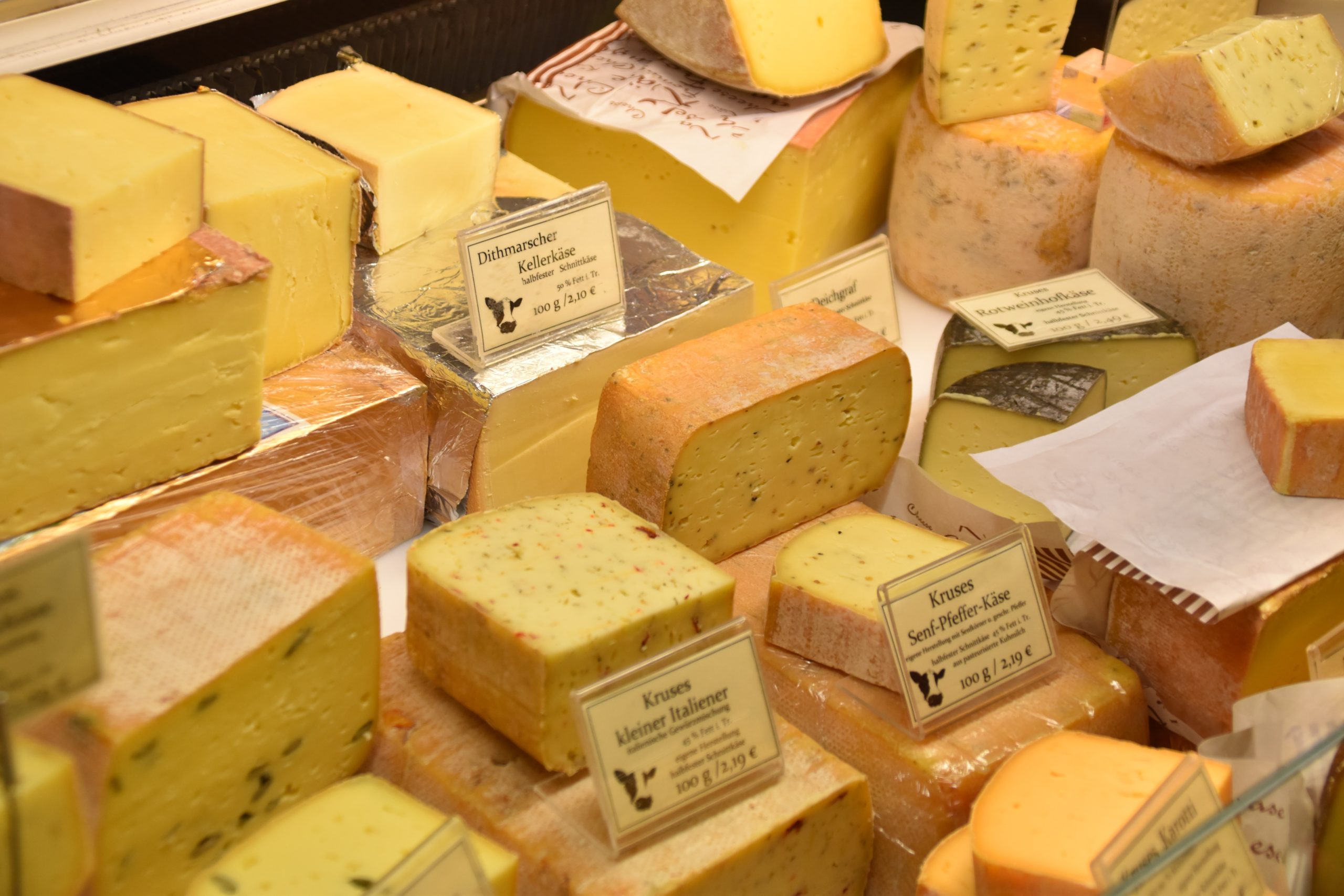


Kill bad bacteria with good bacteria
When you eat such a fermented food every day, a slightly acidic environment is created in your intestines in which good gut bacteria can thrive. Bad bacteria don’t like that and are thus kept under control. Moreover, the beneficial bacteria secrete substances that break down toxins and act like antibiotics on unwanted or pathogenic microorganisms.
Our ancestors had already understood that
They used this technique to preserve their food when refrigerators did not exist. After all, by turning cabbage into sauerkraut, other vegetables into pickles, and milk into yogurt, putrefactive bacteria had no chance. That is also the reason why fermented foods keep for a long time.
Fermented products after antibiotics
That way, fermented products also help you during or after a course of antibiotics. Many people then suffer from diarrhea or fungal infections. That’s because the antibiotics destroyed not only pathogenic but also beneficial bacteria.
The absence of beneficial bacteria after a course of antibiotics is the ideal opportunity for bad microorganisms to take over and colonize the gut. However, if you ensure a generous supply of probiotics by eating enough fermented food, you give these pathogenic microorganisms much less chance.
Fermented products have largely disappeared from our modern diet
Fermented products were abundant in the diet of our ancestors and their large disappearance from our modern diet probably plays a role in the development of food intolerances and sensitivities. The fermentation process, as it were, digests food and that is a real blessing for people with sensitive digestion.
After all, this pre-digestion also helps to make molecules that are difficult to break down -such as milk protein and gluten- much easier to digest. The problem with bread, for example, is probably not the bread itself, but how it is made. Originally bread was also a fermented product that was made with the help of sourdough, a mix of lactic acid bacteria and yeasts that are naturally present on grain.
When you wet grain, the microorganisms immediately start to pre-digest the grain. Gluten and other harmful substances are partially broken down as a result. Today bread is made with baker’s yeast that only converts carbohydrates into carbon dioxide.
This causes the bread to rise, but the yeast does not break down antinutrients or gluten and therefore does not pre-digest. This is one of the reasons why people with gluten sensitivity can often digest real, long-risen sourdough bread.
Fermented dairy
The same is true for fermented dairy; long-fermented yogurt or kefir and aged cheeses generally cause much fewer problems with hypersensitive intestines than non-fermented dairy such as milk. This makes sense if you know that in this case too, the fermentation process starts to break down the milk protein and lactose in advance so that your belly does not have to do the job alone.
This ‘pre-digestion’ is also the reason why the Japanese only eat fermented soy products such as tempé and miso, and not ‘craft soy products’ such as soy milk, soy yogurt, or soy juice. That may shed a different light on the fact that almost as many people are allergic or hypersensitive to soy as they are to cow’s milk products.
Fermenting vegetables
When you ferment vegetables, not only does a thriving culture of probiotics arise, but vitamins become much more available. In addition, lactic acid aids in the preservation of vitamins, making fermented vegetables very rich in vitamins C, B complex, and K.
Fermenting vegetables consists of converting sugars from those vegetables into lactic acid by lactic acid bacteria. So it is mainly lactic acid fermentation. This lactic acid ensures the shelf life of your pickles because it lowers the pH to a level that eliminates spoilage and pathogenic microorganisms. The lower the pH, the more acidic the product.
The sugars required for fermentation are already in your vegetables, as are the lactic acid bacteria themselves. All they need to get to work is a little moisture. And what does coincidence mean? That is already in vegetables. White cabbage, for example, the basis for sauerkraut, consists of about 90% moisture and 1-3% sugar. We do not know how many lactic acid bacteria are on and in it, but more than enough.
Which vegetables can you ferment?
Fortunately, fermenting vegetables is much broader than making sauerkraut. Other types of cabbage, carrot, parsnip, kohlrabi, beets, bell pepper, hot pepper, cauliflower, or sweet potato are also excellent for souring. Leafy vegetables are less suitable, they quickly become mushy.
Lactic acid bacteria, like many other microorganisms, hate salt, but they tolerate it just a little better than the rest. So with salt, we give the lactic acid bacteria an advantage over other microbes. The salt content of 2-3% is the sweet spot in which lactic acid bacteria still feel good, but many other microbes no longer. Below 2% you run the risk that yeasts and other bacteria will see their chance and make your pickles mushy or downright dirty.
So salt is important for fermentation, but it is ultimately the acid that is responsible for the actual preservation and not the salt. Lactic acid bacteria are the goats of the micro-organisms. They like everything and can withstand almost anything. Besides having little trouble with salt, they are also not difficult about oxygen. They work both aerobically and anaerobically. It is this trait that gives them the number two lead over unwanted microbes.
This oxygen indifference does not apply to (especially) fungi that make your vegetables mushy, ruin the taste, and raise the pH so that pathogenic bacteria see their chance. In order to allow your bacteria to compete undisturbed, you must, in addition to adding salt, also cut off the oxygen. The easiest way is: ferment underwater: a brine.
By keeping your fermenting vegetables under saltwater, you cut them off from oxygen. This brine can consist of the moisture that automatically leaves your vegetables under the influence of salt and kneading. This is especially true for finely chopped vegetables such as the white cabbage for your sauerkraut. Vegetables that you leave intact, such as carrots, do not release enough moisture to be able to submerge themselves. You need to add brine to that.
Water kefir, milk kefir, and kombucha are made with a SCOBY (symbiotic culture of bacteria and yeast)
Water kefir
The basis of your water kefir consists of water, sugar, and flavorings of your choice. These are often organic (citrus) fruits, whether or not dried, but the variation is endless. Unlike with milk kefir, the taste that the SCOBY itself gives is quite neutral. The bubbles are central. Actually, it’s a good way to turn your regular homemade lemonade into homemade lemonade in just a few days.
Water kefir is a sparkling freshwater drink, also with carbon dioxide and light alcohol content. That alcohol content is strongly influenced by the duration of the fermentation and the substances present that have been added to the water. Usually, the alcohol content is somewhere around 0.5%.
The origin of water kefir is not entirely clear, but it is made in several places around the world. Water kefir is constantly renewing itself and can thus survive forever under suitable conditions.
Milk kefir
Although it shares the name with water kefir, milk kefir is actually not related to water kefir. Admittedly, water kefir grains eat sugars, producing carbonic acid, lactic acid, and alcohol; they grow and are lumpy and they are both SCOBYs. But the similarities end there.
Milk kefir is a fresh, slightly sour milk drink with a creamy structure that gives a slight tingling sensation on the tongue when drinking. That specific, pleasant feeling is caused by the carbon dioxide that is present in the milk.
Milk kefir contains between 0.1 and 0.2% alcohol and more than forty aromatic components, which explains its unique taste. Milk kefir is made with milk kefir grains, often also called kefir flowers or yogurt flowers. That creamy spongy structure is a mother culture or starter and is formed by the symbiosis of specific lactic acid bacteria and live lactose yeast cells.
The bacteria and yeasts not only form that spongy structure but are also used by that structure. Part of the structure will continue to grow and grow, some will die during the process. Thus, kefir constantly renews itself.
Kombucha
Kombucha is also called ‘tea mushroom drink’. Which is not true. It is indeed a drink based on tea and sugar, which is fermented by adding a colony of yeast and bacteria (a SCOBY). So there is no mushroom involved in the preparation. The naming is understandable. The kombucha SCOBY is a tough, jelly-like flat disc on the surface of your liquid that does indeed look a bit like a mushroom.
The bacteria and yeasts eat the sugar in the tea, producing carbon dioxide, alcohol, acetic acid, gluconic acid, folic acid, and lactic acid.
The aroma of kombucha is slightly yeasty and the taste becomes somewhat sour and burning in the throat with a longer fermentation time, with a bubble depending on the preparation method and in the distance a residual sweet and some tartness of tea. The longer you let kombucha ferment, the more sugars it converts and the more acidic the result. You can control that yourself. About nine days at room temperature is a nice average.
The SCOBY, as we also know from milk and water kefir, has a tendency to multiply. In the case of kombucha, this can be a second loose disc or just an extra layer that makes it a bit thicker. By splitting it every now and then you keep it under control. Give the split part to friends or acquaintances.
Wrapping up
Fermentation not only ensures that the food has a longer shelf life, but thanks to fermentation, our body absorbs difficult-to-digest food more easily. The good bacteria can largely break down substances that burden our digestion. This will reduce cramps, stomach pain, and bloating.
I will be posting more blog posts with fermentation recipes in the future. Also, take a look at the following articles on this website; Kombucha and fermented tea.
Have fun fermenting!
4 Comments
Trackbacks/Pingbacks
- Fermented carrots with ginger - Transformelle - […] Click here to read the complete article on fermentation […]
- What are the Health Benefits of Carrots? - Transformelle - […] for a homemade probiotic. An inexpensive and easy way to get your beneficial bacteria by eating fermented vegetables. – Juice…
- What are Probiotics and why you should add them to your diet. - Transformelle - […] Unpasteurized kimchi and sauerkraut […]

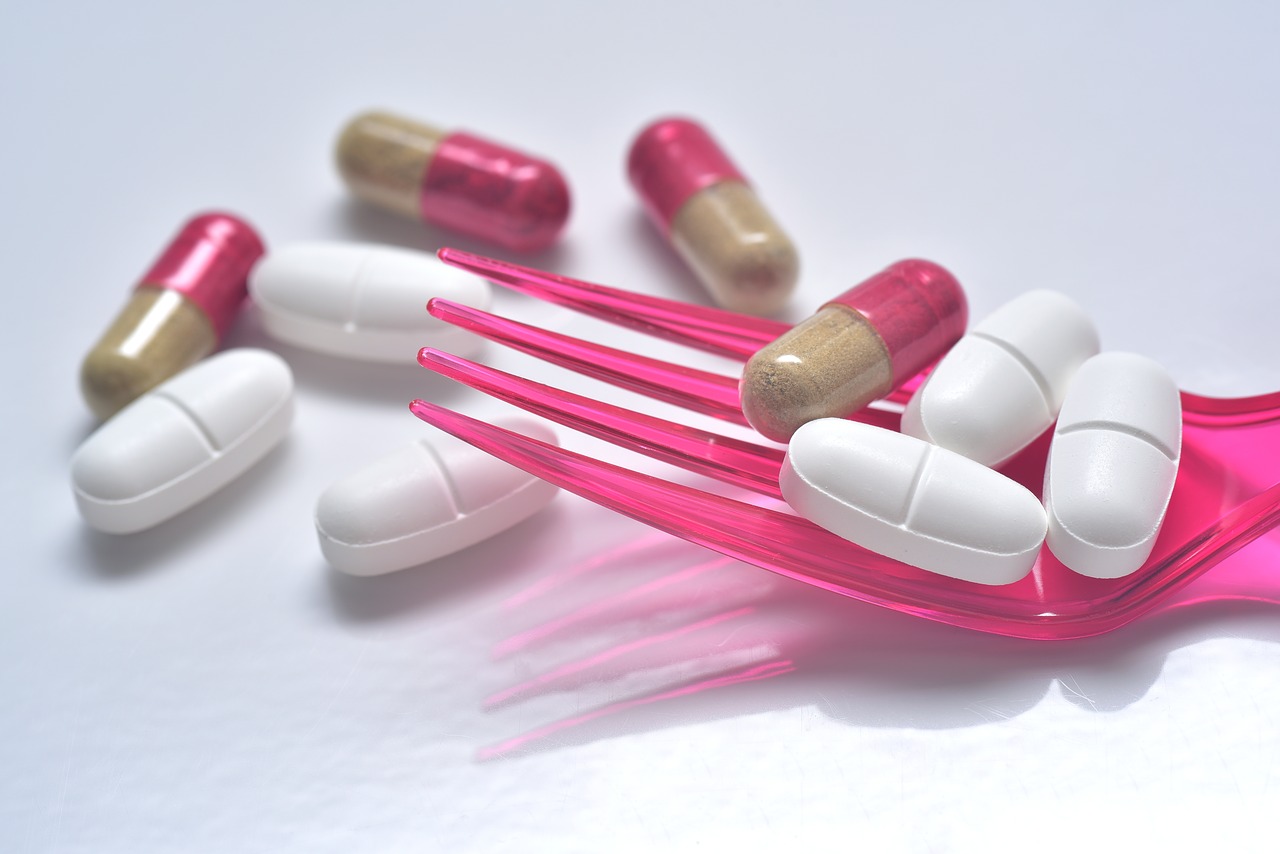

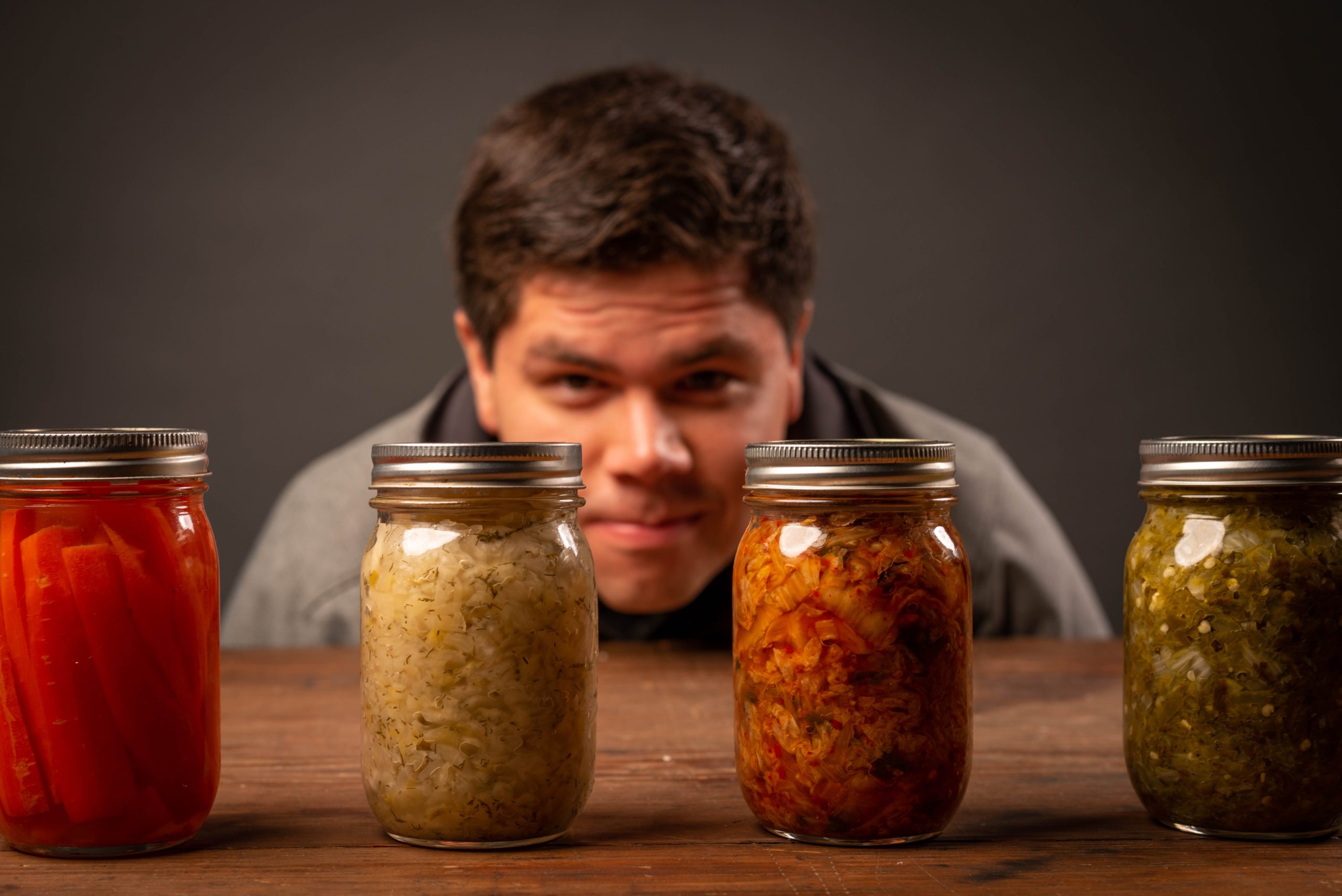

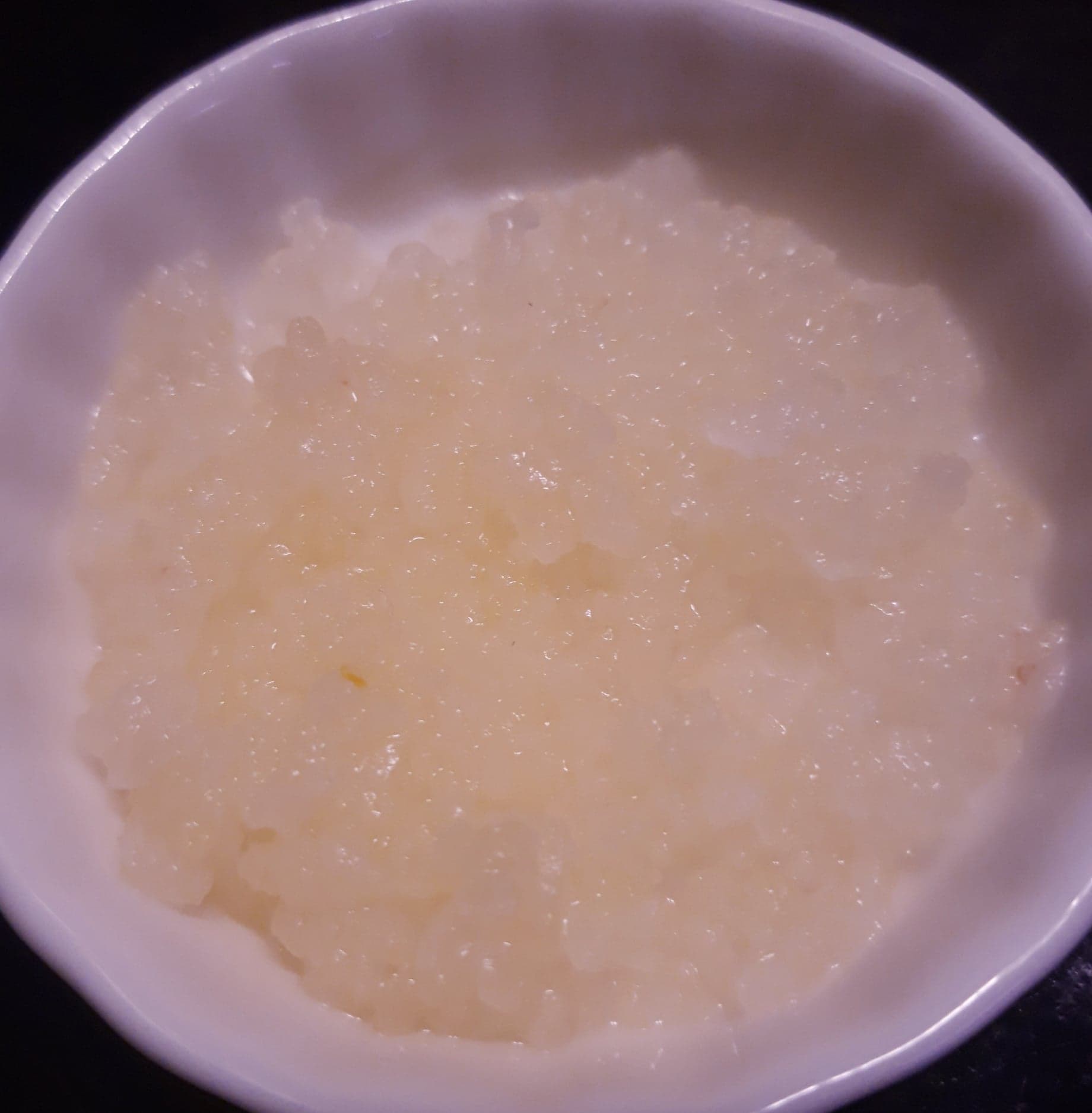
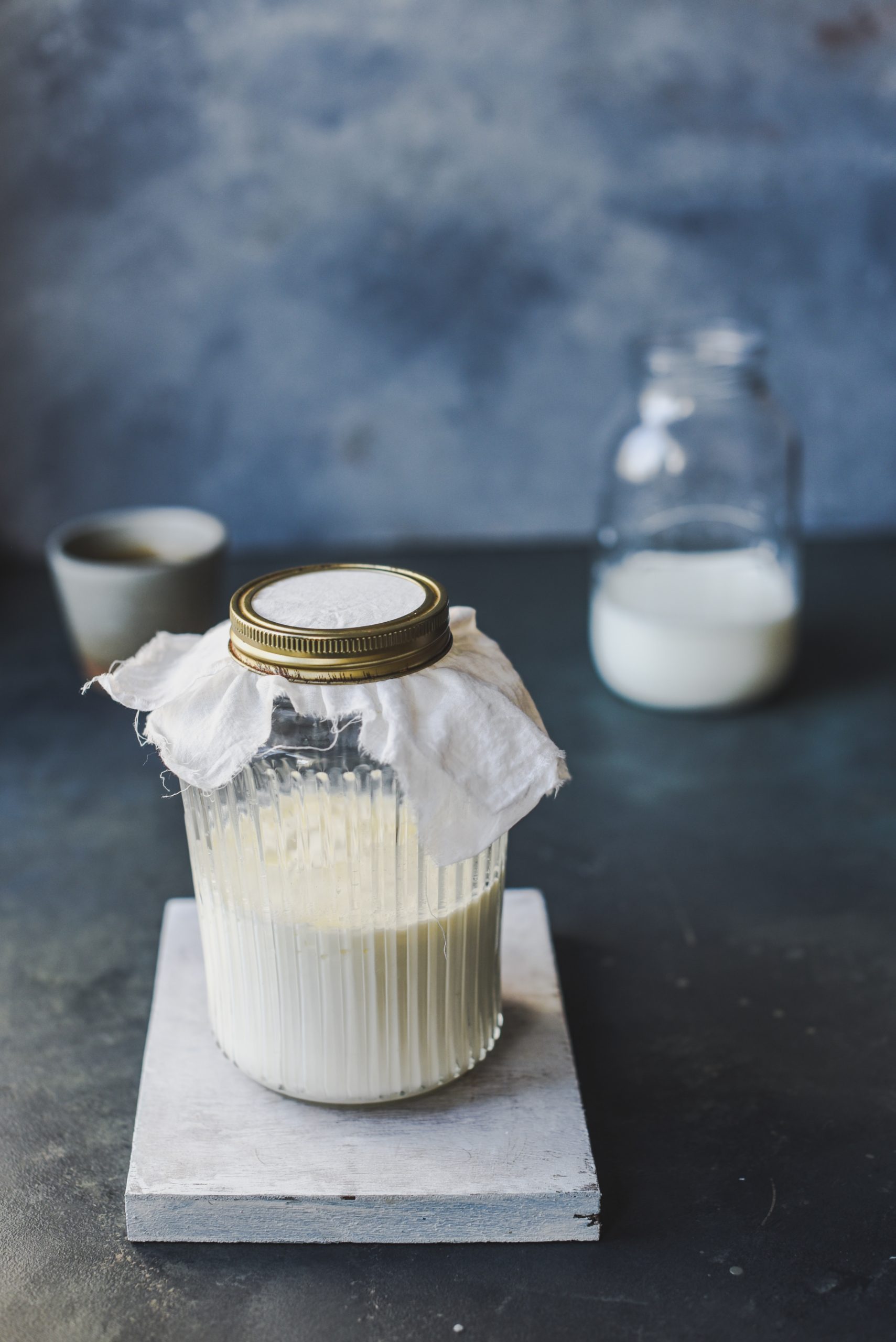
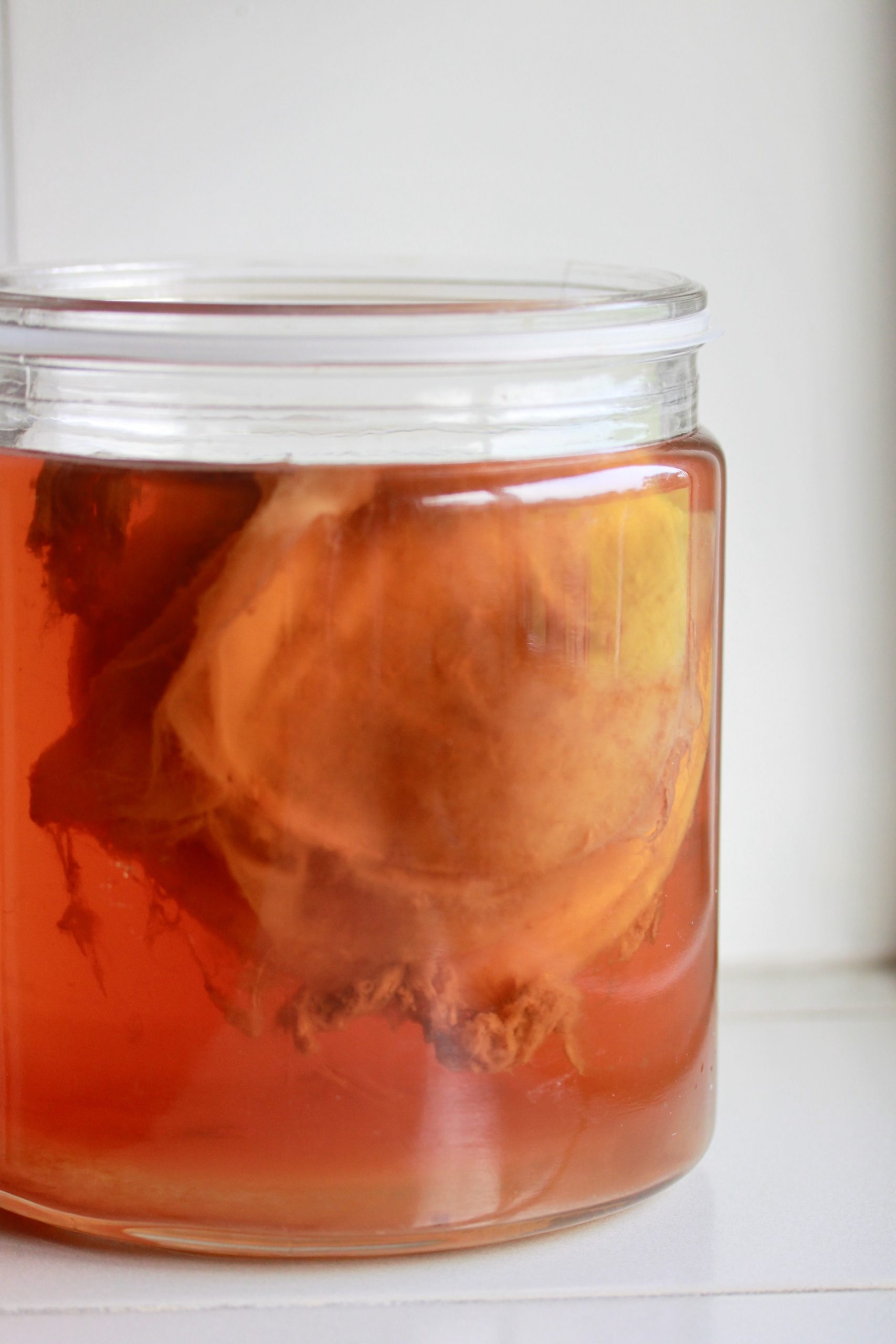

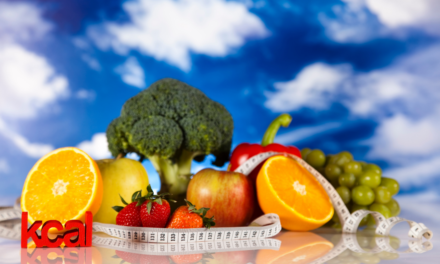
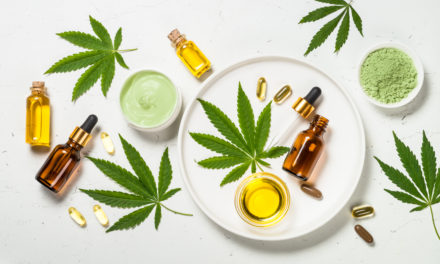

I can’t see the url link or the content
Hi, thank you for your comment GreenRideBikers
Could you please specify what the problem is, because I checked it and everything is working
To your health!
Remelle
Hi to every , as I am in fact eager of reading this website’s post to be
updated regularly. It contains good material.
Hi there, after reading this awesome piece of writing i am as well delighted to share
my experience here with mates.